By Sarhind Times Bureau | New Delhi | October 20 2025
Summary
Talks between civil representatives from Leh and Kargil and the Union Home Ministry are set to resume on October 22 in New Delhi. At stake is Ladakh’s demand for statehood and constitutional safeguards under the Sixth Schedule. The meeting—coming after months of stalemate and intermittent protests—will test the Centre’s ability to reconcile regional aspirations with national strategy in a border-sensitive region.
A Meeting Long Awaited
For months, banners reading “Statehood for Ladakh” have fluttered across the cold desert. From Leh’s market squares to Kargil’s mosques, the sentiment is clear: after five years of Union-territory status, people want their political voice back.
Now, after multiple postponements, delegations from the Leh Apex Body (LAB) and the Kargil Democratic Alliance (KDA) are travelling to Delhi for a structured dialogue with the Union Home Ministry on October 22. Each group will send three representatives; Ladakh’s lone MP Jamyang Tsering Namgyal will attend as special invitee.
Officials told Sarhind Times that Union Home Secretary Ajay Kumar Bhalla will chair the session, joined by senior officers from the Departments of Border Management and Legal Affairs. The agenda covers four contentious issues—statehood, Sixth Schedule safeguards, public-service recruitment rules, and land-ownership protection.
“The idea is not another photo-op,” said a senior MHA source. “We want closure before winter, when Ladakh virtually shuts down.”
From UT Status to Unrest
When Jammu & Kashmir was reorganised in 2019, Ladakh was carved out as a separate Union Territory without a legislative assembly. Initially, celebrations erupted in Leh; people expected direct funding, better administration, and recognition. But optimism faded as decisions began flowing entirely from Delhi and bureaucracy replaced representation.
By 2021, the Leh Apex Body and the Kargil Democratic Alliance—erstwhile rivals—found common cause. Jointly they demanded:
- Full-fledged statehood.
- Inclusion under the Sixth Schedule of the Constitution.
- Separate Public Service Commission.
- Two parliamentary constituencies.
- Protection of land and job rights for locals.
Periodic protests in Leh’s Polo Ground and Kargil’s Fatima Chowk kept the issue alive. Despite repeated assurances, dialogue never progressed beyond preliminary notes—until now.
Sixth Schedule: The Constitutional Shield
At the heart of Ladakh’s demand lies the Sixth Schedule, a constitutional provision that grants autonomous councils in tribal regions of the North-East authority over land, culture, and local governance. Ladakh’s population—comprising Buddhists, Shia Muslims, and pastoral tribes—argues that its distinct ecology and traditions merit similar protection.
“Our concern is survival of culture and control over land,” explained Thupstan Chhewang, former MP and LAB leader. “We cannot let outside investors decide the fate of our glaciers or grazing routes.”
Experts agree the demand has merit but also complexity. Extending the Sixth Schedule would require a constitutional amendment or a new tailored framework under Article 244(2). The Centre fears precedent—other UTs may seek parity.
Centre’s Tightrope Walk
The Modi government faces a delicate balance. On one hand, it must address genuine local grievances; on the other, it cannot signal dilution of 2019’s reorganisation, which was politically projected as a masterstroke. Moreover, Ladakh’s strategic location—flanking China and Pakistan—adds a national-security dimension.
“Statehood with legislative powers implies political agitation,” said retired bureaucrat Wajahat Habibullah, former J&K Chief Information Commissioner. “The Centre wants administrative efficiency; Ladakh wants democratic legitimacy.”
Sources indicate the Centre may propose a “hybrid autonomy” model—strengthening the Hill Development Councils (Leh and Kargil) with financial and legislative authority while keeping law & order and land policy under the UT administration.
Kargil’s Voice: Inclusion and Equity
For Kargil, the debate isn’t just legal—it’s emotional. Many residents feel sidelined since 2019, alleging decisions are made from Leh or Delhi without consultation.
Asgar Ali Karbalai, co-chair of the KDA, told Sarhind Times:
“We want equal representation and a say in recruitment. Our youth migrate to Srinagar because local posts stay vacant.”
Younger activists echo the sentiment on social media using hashtags #RestoreStatehood and #VoiceOfLadakh. Posts combine environmental imagery with political appeals: ‘Our mountains need guardians, not managers.’
Life on the Edge: Why Representation Matters
Ladakh’s geography makes governance uniquely difficult—temperatures drop to -30 °C, villages remain snow-bound for months, and internet links are fragile. Local councils often wait weeks for administrative approvals. Without elected legislators, residents say accountability has vanished.
Sonam Mutup, a teacher from Nubra Valley, described the disconnect:
“We write letters to officers who are transferred before replies arrive. People need someone from among us to raise issues in the Assembly.”
The Hill Councils, created in 1995 for Leh and in 2003 for Kargil, were meant to bridge this gap, but they report to the UT Lieutenant Governor—limiting autonomy.
Economic Stakes: Tourism and Ecology
Beyond politics, livelihood concerns loom large. Tourism accounts for nearly 60 percent of local GDP, yet environmentalists warn that unregulated construction and waste threaten the fragile Himalayan ecology. Statehood advocates believe local control would enforce sustainable models.
Environmental scientist Dr Nafisa Ali of Ladakh University said:
“A locally accountable assembly could legislate on carrying capacity and climate resilience better than distant administrators.”
The Centre, however, argues that Union-territory oversight ensures coordinated border infrastructure—roads, telecom, and power—critical for defence logistics.
Defence and Development Intersect
Since the 2020 Galwan clash, the Line of Actual Control (LAC) has remained tense. Military infrastructure—bridges, helipads, fibre-optic lines—has expanded rapidly. Officials privately concede that “security centralisation” partly drives Delhi’s hesitation on statehood.
Yet analysts note that governance vacuum can also breed instability. “Local alienation is a national-security risk,” warns Lt Gen (Retd) D. S. Hooda, former Northern Army Commander. “Empowered local institutions are force-multipliers, not obstacles.”
Religion, Identity and Harmony
Ladakh’s uniqueness lies in its interwoven Buddhist and Shia heritage. Despite differing politics, Leh and Kargil leaders have jointly pursued dialogue—a rare example of inter-faith unity in a polarised era.
Rigzin Spalbar, former CEC Leh, observed:
“We learned the hard way that development means little if trust erodes. Today Buddhists and Muslims sit together for Ladakh’s future—that itself is progress.”
Delhi’s challenge is to preserve this unity while addressing demands without alienating either bloc.
Voices from the Ground
- Tsering Dolma, hotel worker: “Tourists click selfies near our frozen lakes, but we still fetch water from hand-pumps.”
- Ali Reza, student: “We just want fair exams and local jobs.”
- Dorjay Stanzin, entrepreneur: “If we can manage eco-tourism responsibly, we can manage our own governance.”
These human voices illustrate why the issue extends beyond politics—it’s about dignity.
Possible Outcomes of the October 22 Meeting
Officials outline three potential pathways:
- Enhanced Hill Council Model – Financial autonomy, elected powers on education, health, environment.
- Quasi-Statehood – Nominal legislature under UT Lieutenant Governor, similar to Puducherry.
- Constitutional Amendment Lite – Custom framework inspired by Sixth Schedule but without full autonomy.
While optimism is guarded, participants hope at least for a written timeline—something missing in previous rounds.
Expert Opinions
Prof Rekha Chandna, constitutional scholar, says a creative compromise is possible:
“Instead of importing the North-East model, draft a Ladakh-specific Article under Part XXI for Special Provisions.”
Former diplomat Phunchok Stobdan cautions against over-centralisation:
“Security doesn’t mean silencing people. The best border is an empowered citizen.”
Winter Deadline and the Road Ahead
Once snowfall begins in November, movement virtually stops until March. That makes this dialogue crucial. A senior Home-Ministry officer admitted:
“If we miss this window, resentment will freeze deeper than the Indus.”
Both LAB and KDA have agreed to suspend protests during negotiations. Civil-society groups are planning “Peace and Policy Marches” to keep public attention alive without confrontation.
Editorial Analysis
The Ladakh question epitomises the contradictions of modern India—development without deliberation, infrastructure without inclusion. Turning remote frontiers into active democracies demands trust, not tokenism. For Delhi, granting meaningful autonomy may appear politically costly, yet denying it could cost more in the long run.
As temperatures fall, the heat of Ladakh’s aspirations rises. Whether the October 22 dialogue yields solutions or statements will define not only Ladakh’s governance but India’s credibility in balancing nationalism with nuance.
#Ladakh #StatehoodDemand #SixthSchedule #Dialogue #Governance #HomeMinistry #IndiaPolitics #BorderRegions #SarhindTimes

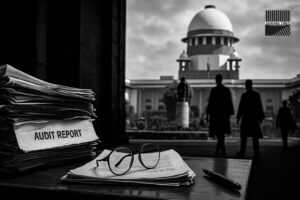
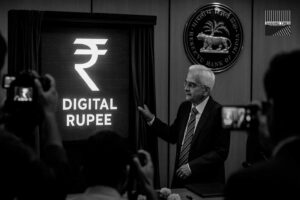

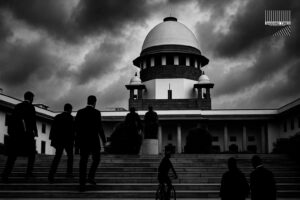


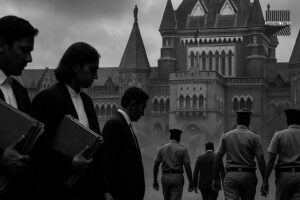



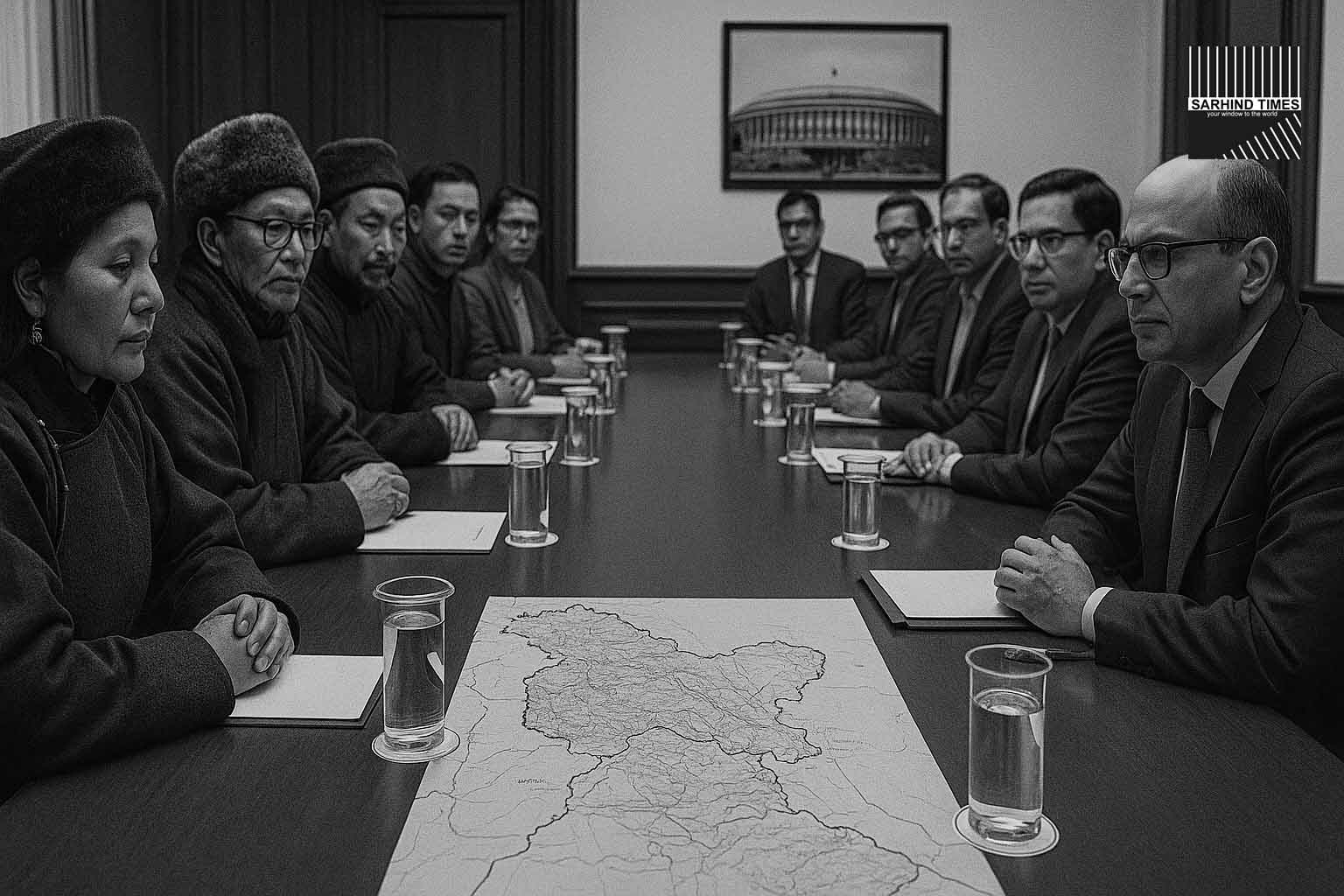
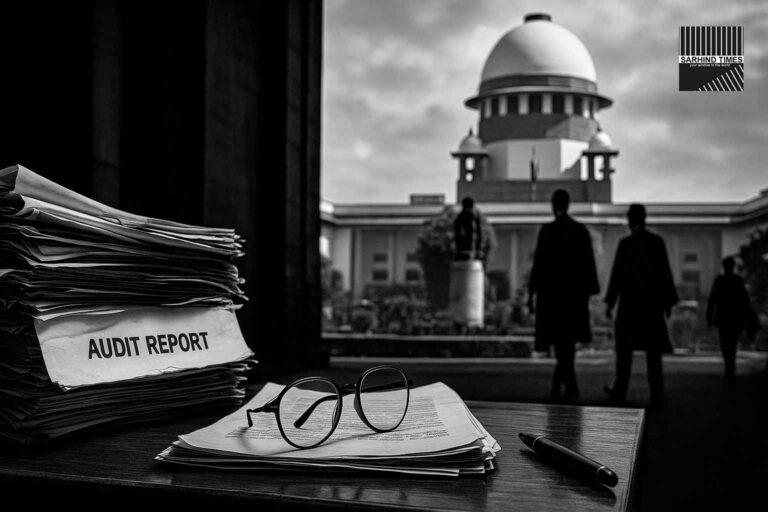
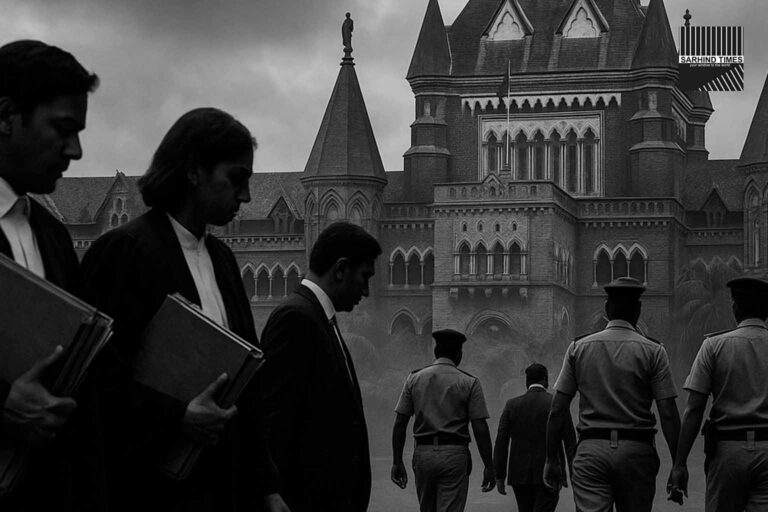
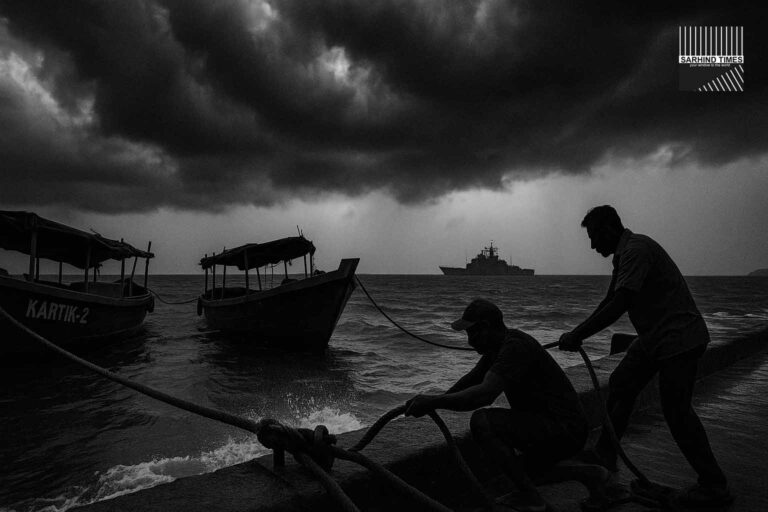
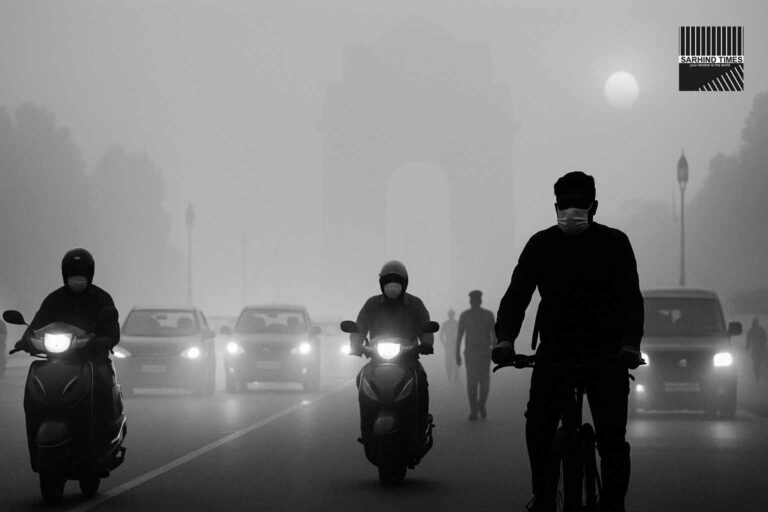
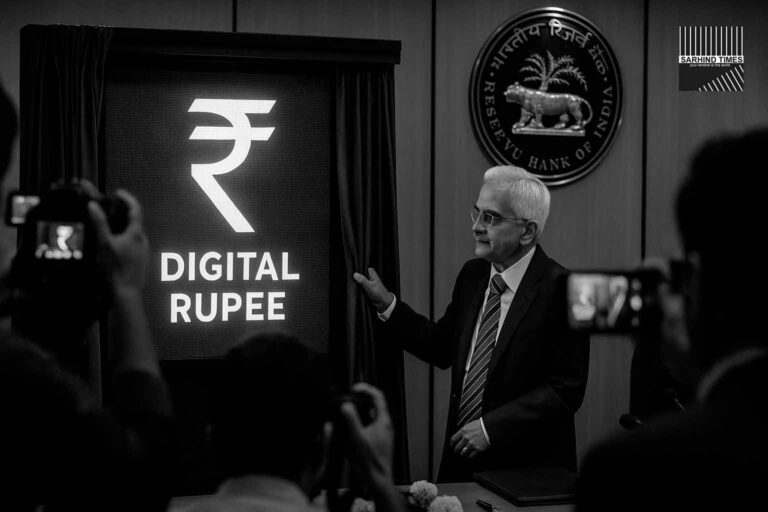

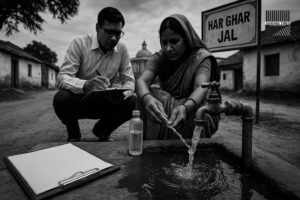
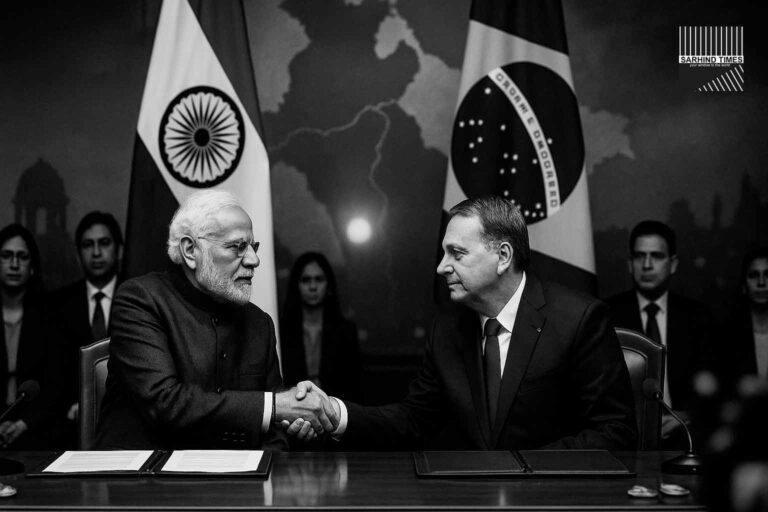
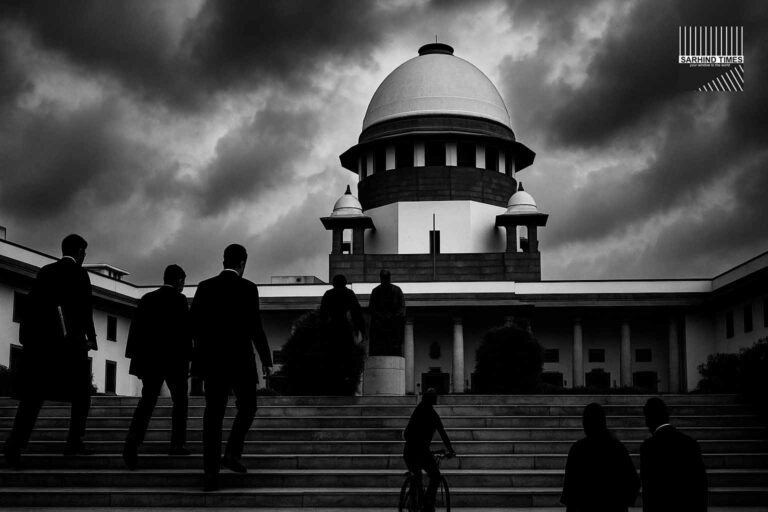
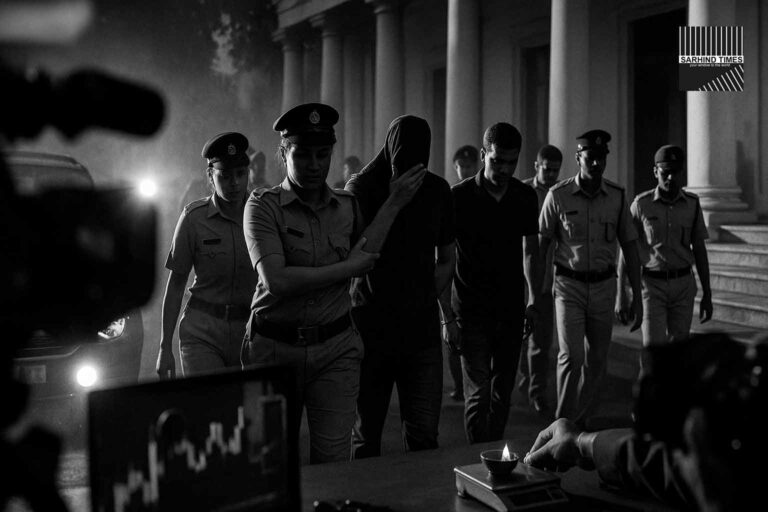

+ There are no comments
Add yours